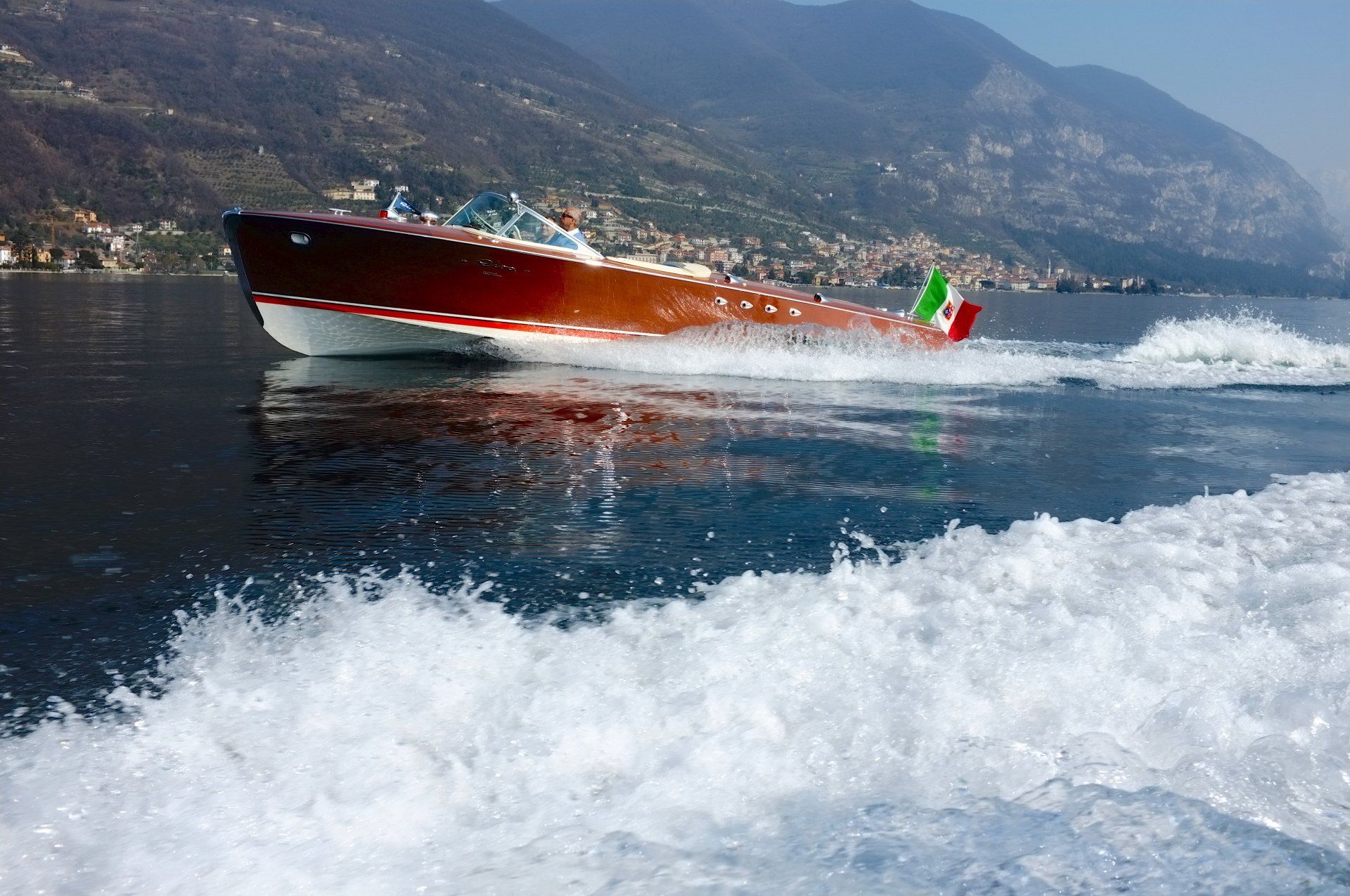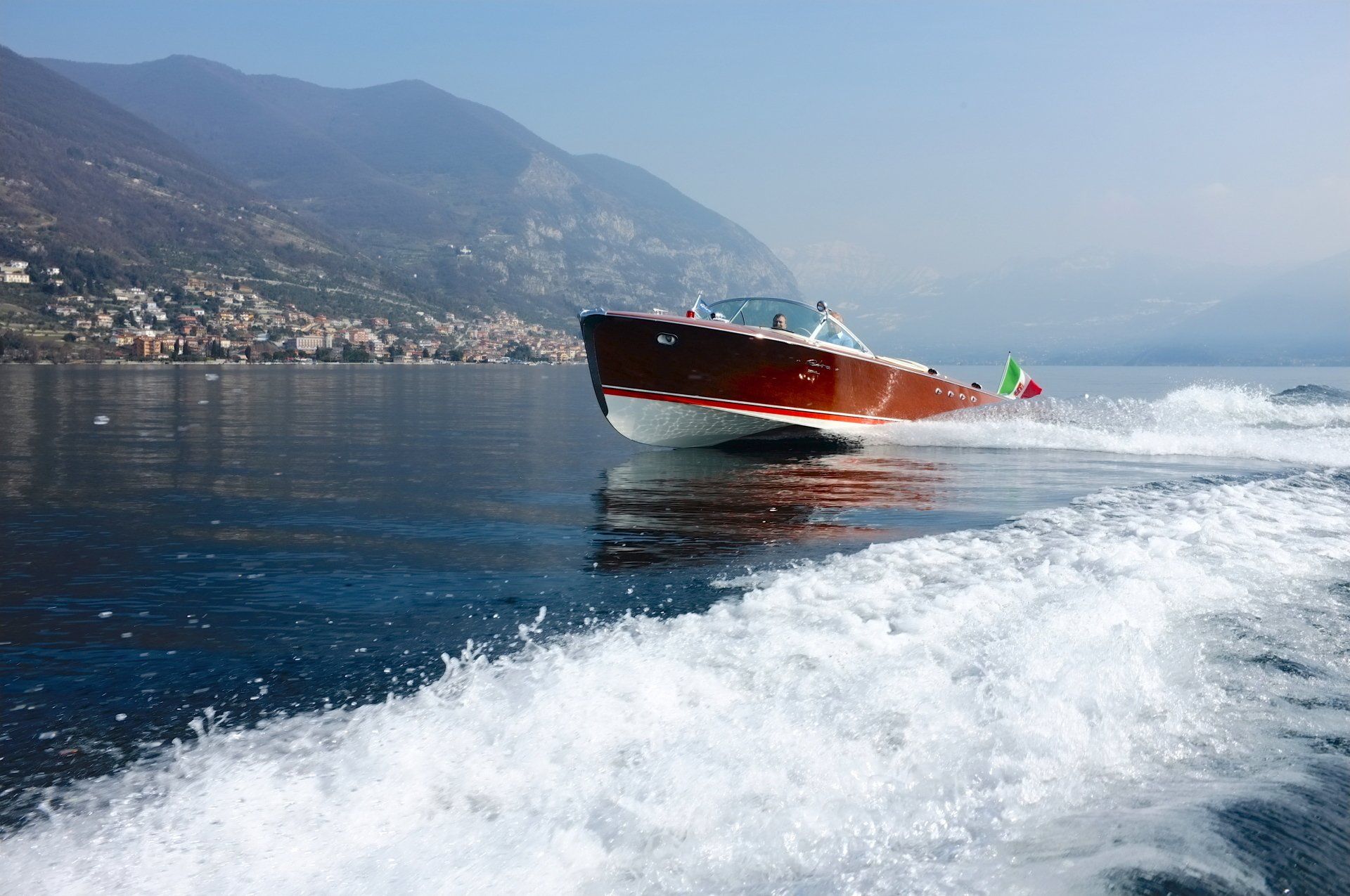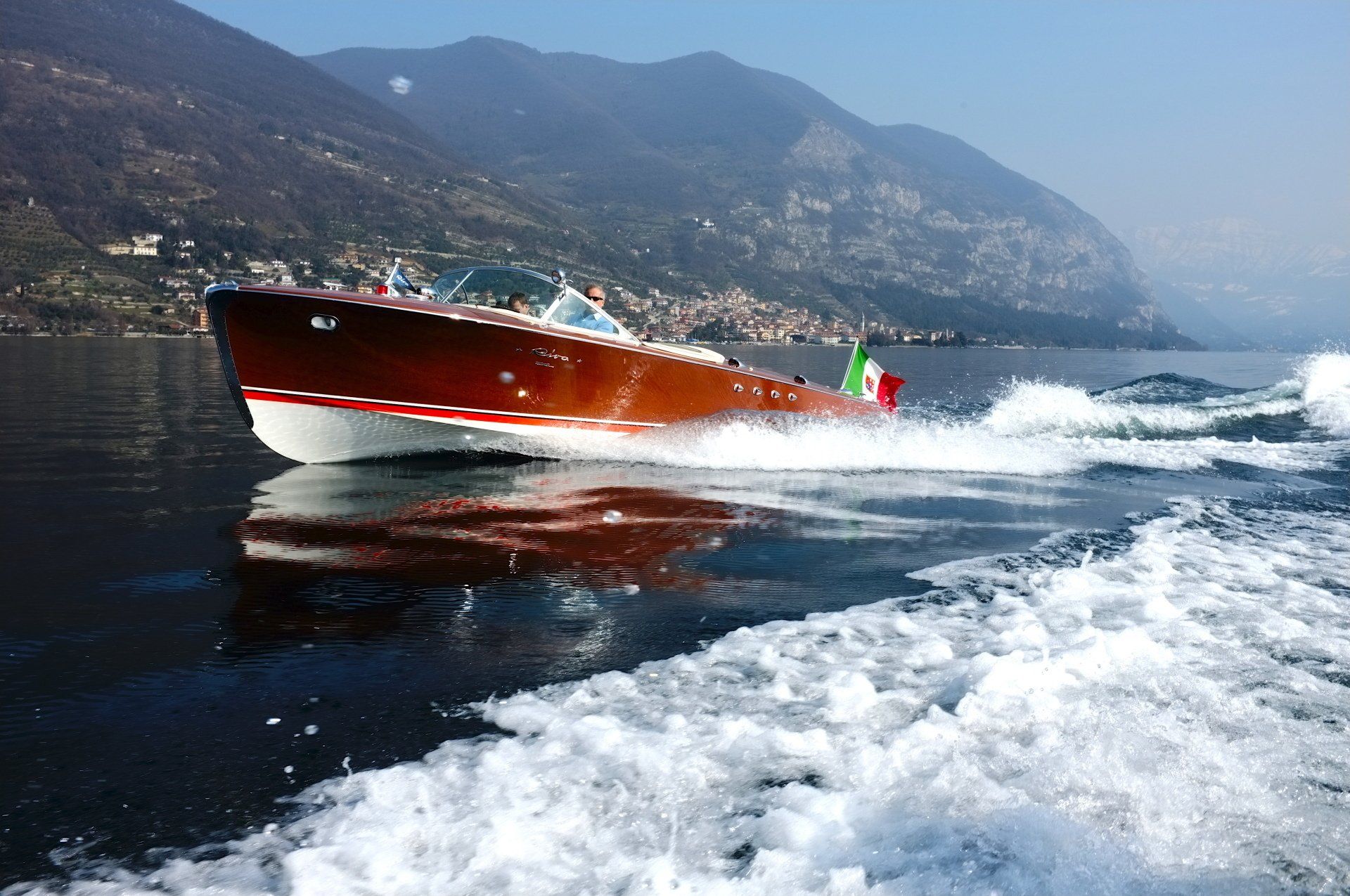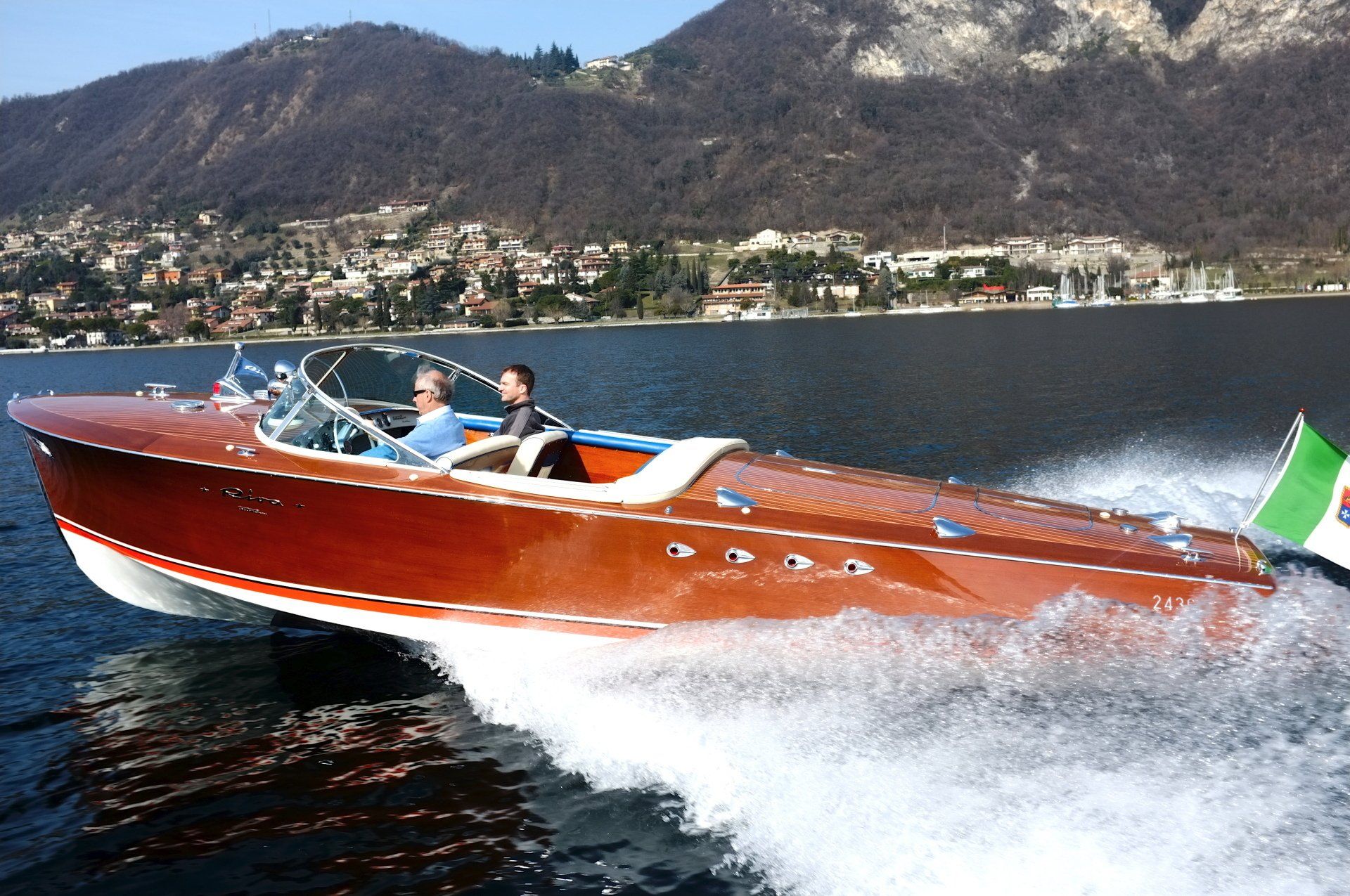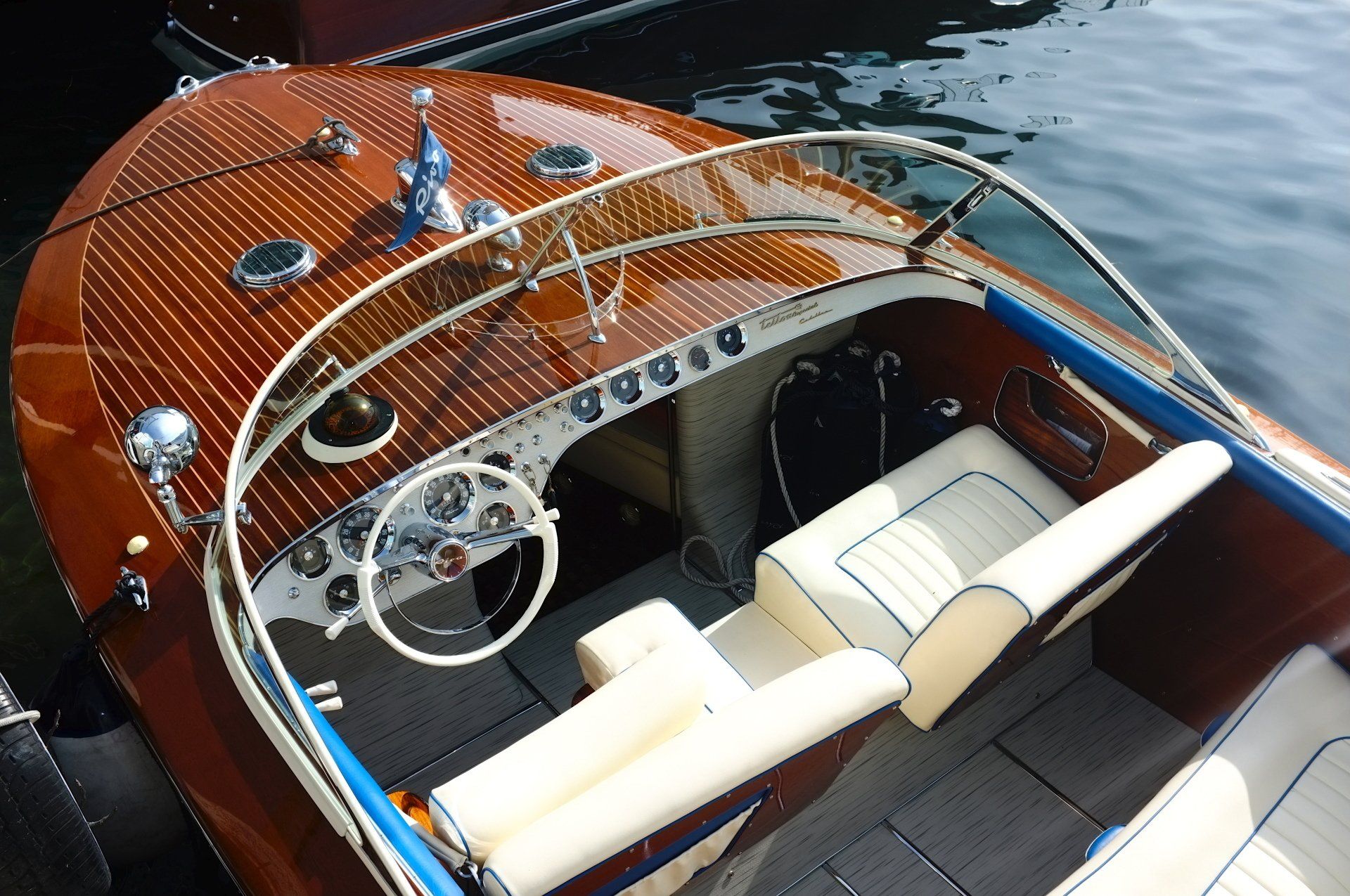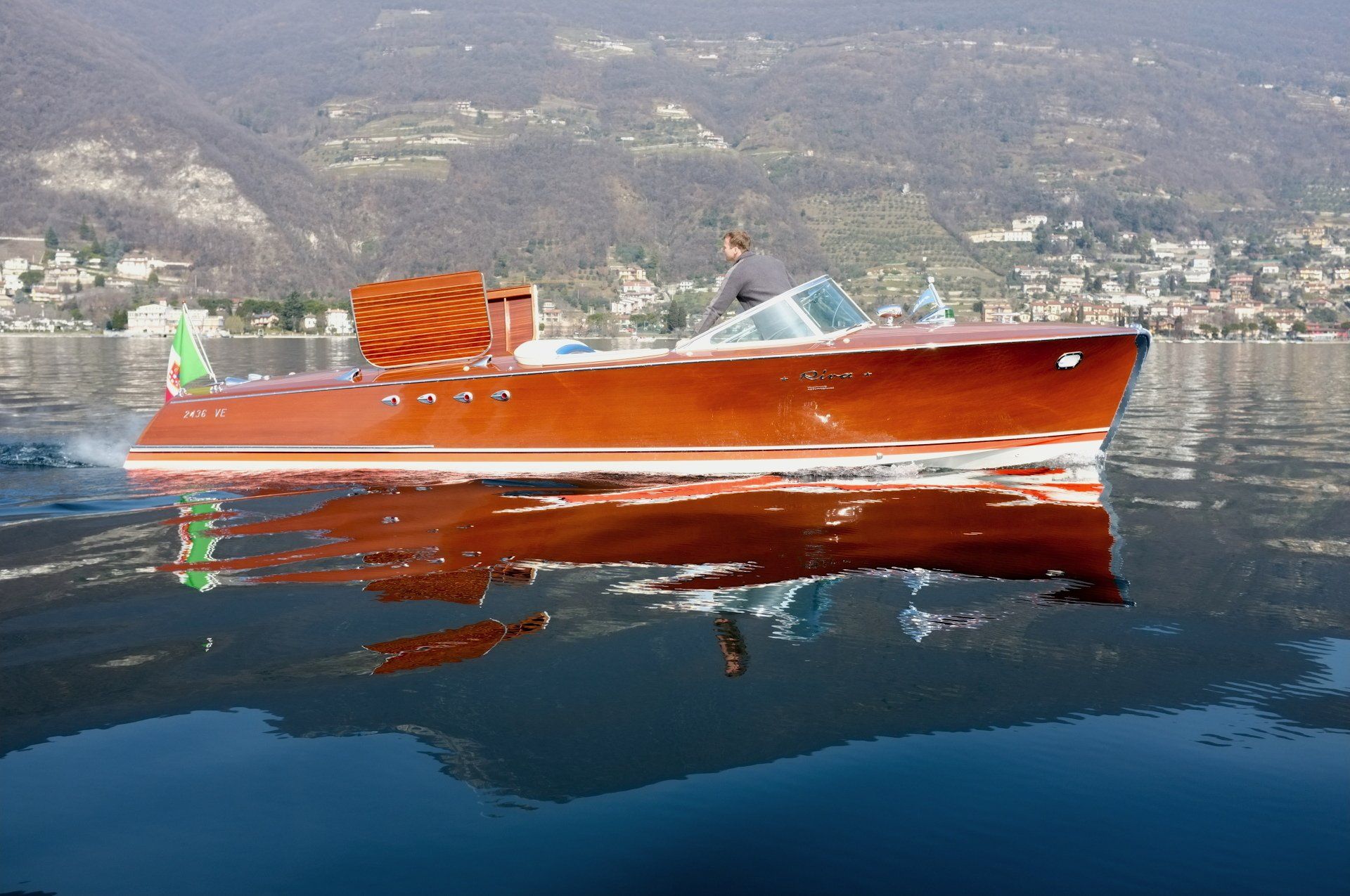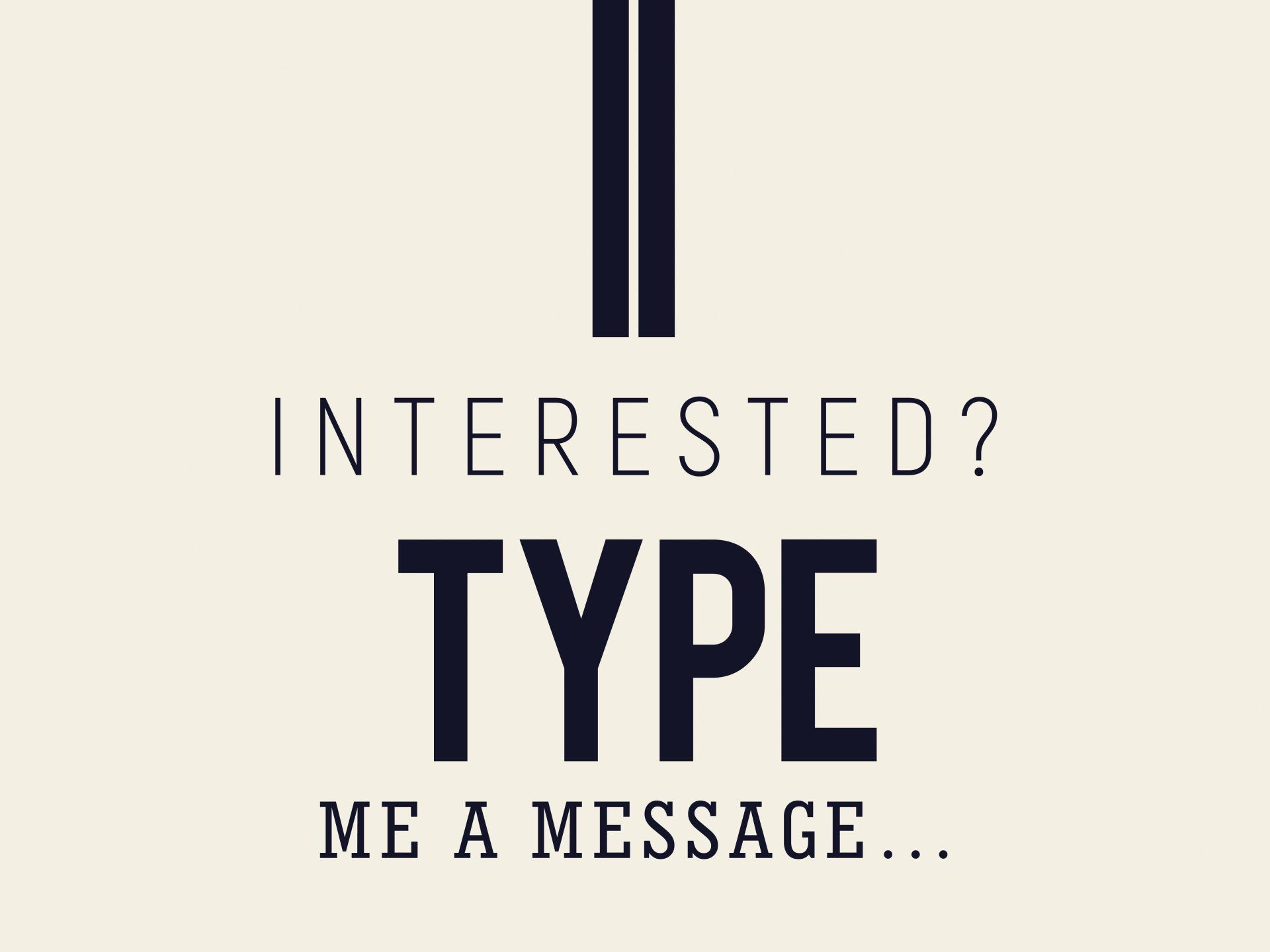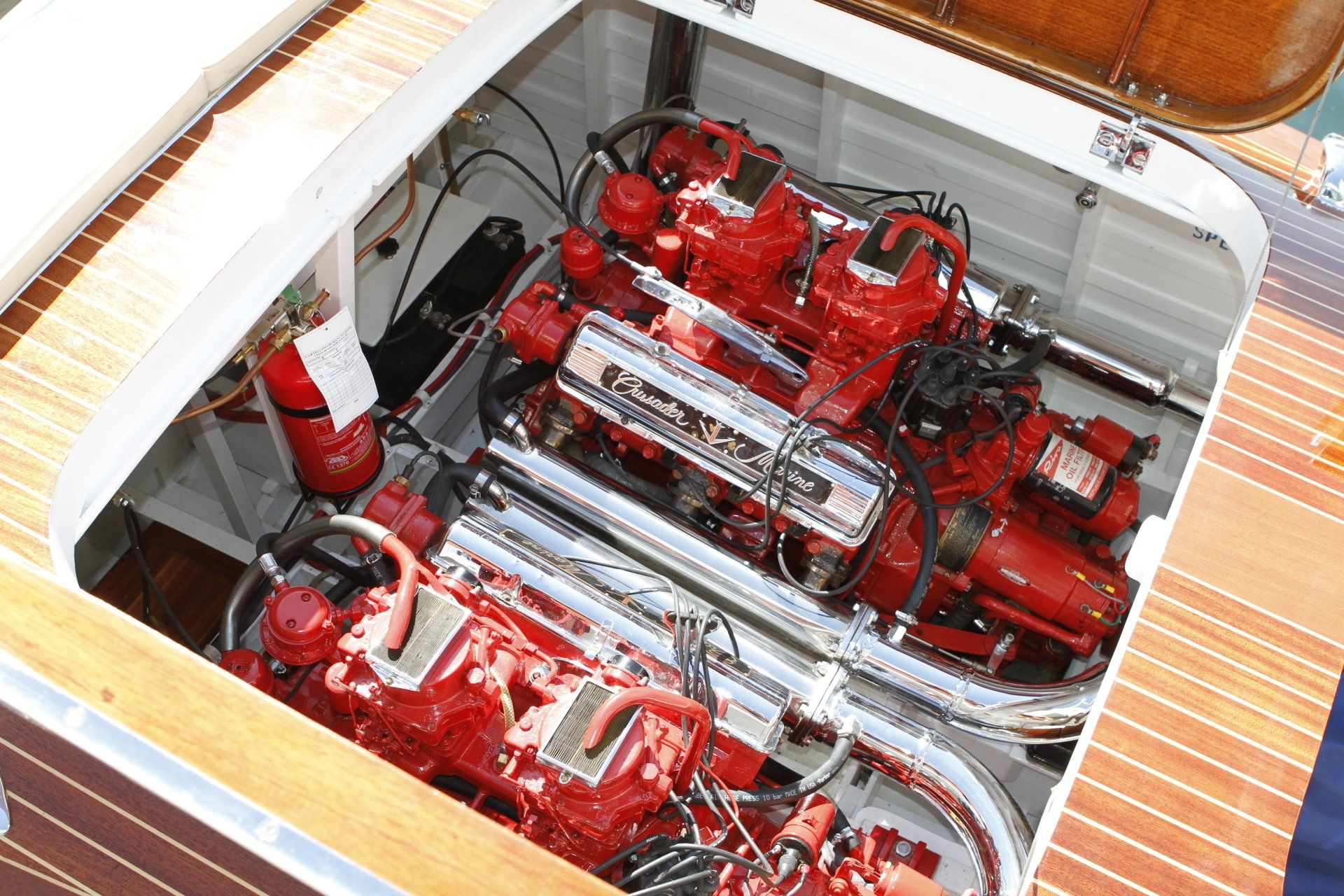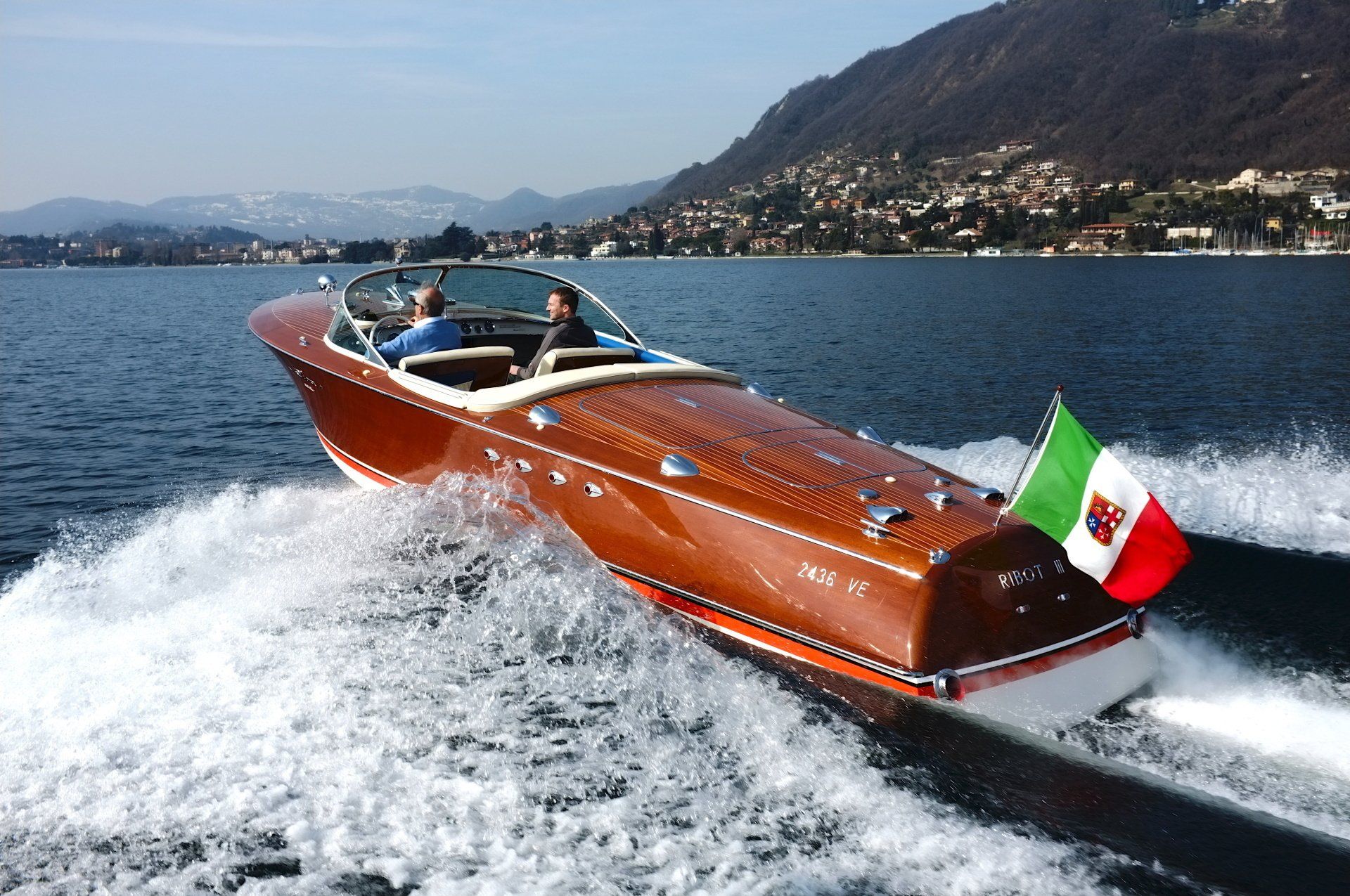
Slide title
Write your caption hereButton
- There will never be agreement on which Riva model is the best or the most beautiful. Many will agree that the Ariston has the purest lines whereas the Aquarama is the most refined, the most comfortable and has the most advanced hull design. However, the Tritone, the Greek God of the seas and lakes, has special qualities all of its own in its characteristics shared with both of these models. The Tritone was the most prestigious boat in the Riva stable during the 1950s being the largest and most expensive model, and the only one, at that time, to be equipped with twin engines, as opposed to a single engine. However, the pure, smooth lines of the Ariston were also present in the Tritone and the sleek tapered profile was beautifully adorned in continuous, uncluttered polished mahogany decking through to the stern giving the Tritone a luscious blend of pure, traditional lines with the speed, power, manoeuvrability and flexibility gained through the installation of twin engines and rudders. Even when the Aquarama was launched in 1963 the Tritone remained highly popular. Its size, power and long range (thanks to large fuel tanks) made it an ideal boat for sea-cruising, and it did much to forge Riva’s reputation in the Mediterranean.
Originally conceived in 1950, the very early boats were yet to be given the name Tritone and were powered by a single engine up until 1953. The first boats launched with twin-engines were powered by twin Chris Craft 6-cylinder units and around this point the iconic name, Tritone (the God of the seas) was adopted. Very early Tritones, like early versions of the Ariston, are easily distinguished from the later boats by the windscreen which was designed using two pieces of flat glass in a vee-shape. The two-piece windscreen was soon replaced with the more familiar curved, wrap-around design (an evolution common to the motor cars of the era) and this design went on to evolve into the four-piece curved design with a chrome-plated surround which was both functional (as it provided mounting points for the folding “pram-hood”) and beautiful. Tritones of the era also featured a two-piece steering wheel, the Chris-O-Matic electric/hydraulic controls and an array of instruments by Stewart Warner and Chris Craft with black and white faces and stunning chrome surrounds. The early Tritones were upholstered in highly distinctive and, typical of the 1950s, black & white checked Saran material with yellow borders, a design that would be available on the Tritone up until 1961.
Numerous modifications and improvements were incorporated in to the Tritone design and in 1956 a major step was the adoption of the option to have power provided by twin V8 engines from Cadillac. These boats can easily be spotted by the distinctive red-painted engines. One such boat was so equipped in 1956 and in total just 10 Tritone Cadillacs were built. Among these 10 was a highly significant one-off Tritone Speciale Cadillac powered by two Cal Connell 320 hp Cadillac motors. This very special boat, Hull number 132, named Ribot III, is the boat featured here in the photographs. Ribot III was the longest, most powerful and fastest of all Tritones and it set a variety of water speed records in its day.
In 1957, the bow decking as well as the below decks cabin were enhanced with two skylights for ventilation and in 1958 numerous technical improvements were incorporated into production such as a new dashboard, new instruments and a new steering wheel.
1959 was another year which saw significant upgrades and the dashboard, instruments and wheel were updated again whilst a semi-circular plexiglass article surround was designed for the dash-top for the safe-keeping of sunglasses, cameras, cigarettes etc. The zebra print upholstery with green edging, as seen on the Ariston, was also now available for the Tritone.
It was not until 1960 that the Chrysler M80 V8 engines became standard equipment for the Tritone and subsequently many original twin 6-cylinder engine Tritones from the 1950s have been upgraded to twin V8 power.
In 1960 the option to order a Super Tritone was also added to the Riva price list, these boats, at 8.25 metres in length, were longer than the standard boats and were powered by a mixture of Chris Craft, Chrysler and Ford (a one-off) supplied engines. Just 28 examples of the Super Tritone were built between 1960 – 1963 including one Aperta.
Riva’s Greek God of the sea continued to evolve throughout its 16 years in production and 1960 also saw a version launched which gave a very clear indication of what was to come; the limited production Tritone Aperto. Not necessarily viewed as an interim model at the time, the Tritone Aperto was designed with modified rear decking featuring a large sunken rear area to create a comfortable and secure sunbathing zone. Protected by a solid border rather than lying on a mattress on top of the rear decking, sunworshippers clearly felt more secure and were more willing to sunbathe whilst their Riva was on the move at high-speed – this made for some iconic imagery. Only 15 Tritone Apertos were built paving the way for the legendary Aquarama.
The 1961 Tritone had new upholstery, still with pastel green trimmings, but redesigned to feature a contrasting "V" shape on the backrests with ribbed ivory-coloured inserts.
The all new Aquarama was officially launched in 1963 although the Tritone would remain in production and continue to be highly desirable in unison until 1966.
In 1964, a major change was made to the way that the hulls were built viz., rather than the more traditional method employed to date, namely that of solid planks glued to the frame, from 1964, Riva began using pre-formed laminated ply hull sides for both the Tritone and the new Aquarama.
As sales of the Tritone began to slow and sales of the new Aquarama, the new flagship model, picked-up a pace, the Tritone continued to take on board improvements and changes until production ended in 1966. A total of 257 examples of the Tritone in its various configurations had been built.
The Tritone can be considered today as the rarer of the twin-engined Rivas and the model which successfully piloted Riva through the 1950s and well into the 1960s. Throughout its production the Tritone benefitted from countless improvements in technology and production methods sharing exactly the same hull design as the Aquarama during its latter years.
There is no doubt that the Aquarama is the ultimate development and probably the best known of the classic wooden Rivas, but there is an endearing, romantic quality and beauty that belongs uniquely to the mythical legend that is Riva’s Tritone.
MOTOR CARS & MOTOR BOATS CURRENTLY AVAILABLE
Please contact me for further information or to discuss the TYPE of motor car or motor boat that you are thinking of selling.
MOTOR CARS & MOTOR BOATS COMING SOON
Rolls Royce Phantom III
1961 Riva Ariston

